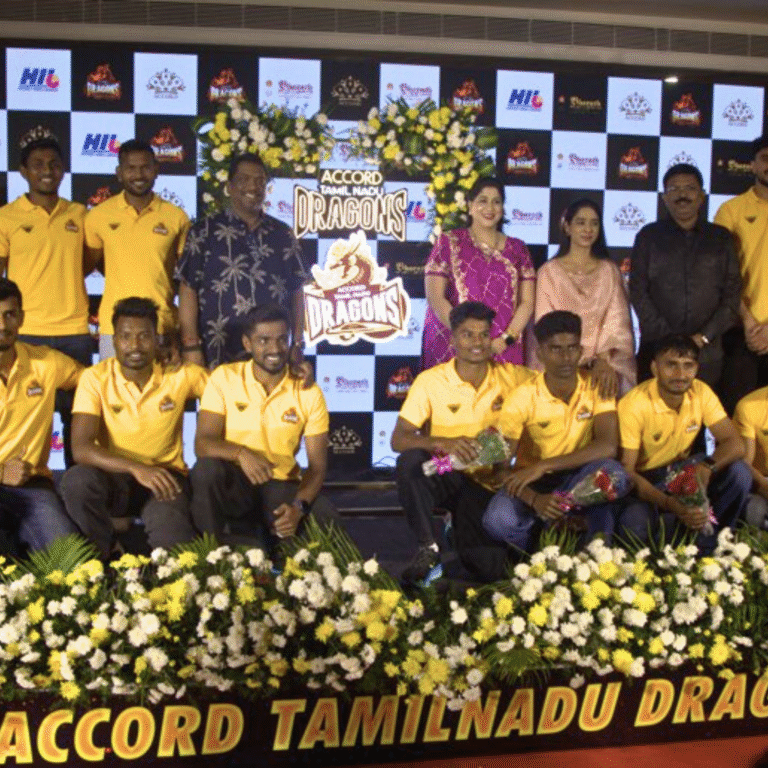
London, July 2025 — The 2025 ABB FIA Formula E World Championship concluded with high-speed drama, tactical brilliance, and a historic finish in London. Nick Cassidy, driving for Jaguar TCS Racing, clinched his first-ever drivers’ title, capping a dominant season that also saw Jaguar seal the Teams’ Championship—their first since entering the electric racing series.
This year marked a turning point in Formula E’s global popularity, showcasing the rise of sustainable racing without compromising on speed, strategy, or spectacle.
🏁 Cassidy’s Rise: From Contender to Champion
Cassidy entered the final race weekend with a healthy points lead over teammates and rivals, having secured consistent podium finishes throughout the 2025 calendar. With a total of 5 race wins and 9 podiums, the Kiwi driver displayed remarkable composure and confidence—especially under pressure from title challengers Pascal Wehrlein (Porsche) and Jean-Éric Vergne (DS Penske).
The final race in London’s Docklands circuit was full of tension. Cassidy needed only to finish inside the top five to clinch the title—and did so in style by crossing the line P3, securing the championship ahead of Wehrlein.
“It’s been a journey. I’ve dreamed of this moment. Massive thanks to Jaguar—this season was electric in every way,” said Cassidy after lifting the trophy.
🐆 Jaguar TCS Racing Makes History
It wasn’t just a driver’s title—Jaguar TCS Racing made history by winning the Teams’ Championship for the first time. The combined efforts of Cassidy and teammate Mitch Evans propelled Jaguar past Porsche and Envision Racing.
Evans, who contributed 3 wins himself, called it “a perfect season for the team.” The British-based manufacturer has now emerged as the dominant force in electric motorsport, proving that performance and sustainability can go hand in hand.
🔋 New Tech, New Challenges: Gen3 Comes of Age
The 2025 season was the second full campaign with the Gen3 car, capable of speeds over 320 km/h (200 mph), faster cornering, and faster regeneration. This year also saw the integration of pit-stop-style Attack Charge features in select races—allowing teams to strategize on temporary boosts, similar to Formula 1’s DRS.
Teams adapted differently—Jaguar and Porsche mastered it, while legacy teams like Nissan and Mahindra struggled to make the most of the system.
🌍 Global Calendar Expands
Formula E 2025 featured 17 races across 11 countries, with new additions like Tokyo (Japan) and Cape Town (South Africa) adding diversity to the calendar. Races in Monaco, Diriyah, and Berlin once again proved popular among fans and manufacturers.
- Tokyo E-Prix debuted with a sold-out crowd.
- São Paulo hosted the most overtakes in a single race: 153 passes in 45 minutes.
- London’s double-header finale returned as the championship decider for the third straight year.
🧮 Final Standings – Drivers’ Championship
- Nick Cassidy (Jaguar) – 247 pts
- Pascal Wehrlein (Porsche) – 225 pts
- Jake Dennis (Andretti) – 189 pts
- Mitch Evans (Jaguar) – 186 pts
- Jean-Éric Vergne (DS Penske) – 177 pts
🌐 Formula E’s Bright Future
With Formula E expanding into new continents, experimenting with tech-driven formats, and aligning with Net Zero ambitions, the sport is attracting fans of both motorsport and innovation. The series is also eyeing hydrogen-electric prototypes by 2030 and increased manufacturer involvement from Asia and North America.
Jaguar’s title win is expected to raise the bar as rival teams look to retool their cars for the Gen3.5 era starting in 2026.
“This is just the beginning,” said Formula E CEO Jeff Dodds. “We’re not just racing—we’re reshaping mobility.”
Follow BiGG Sports News for More sports stories




